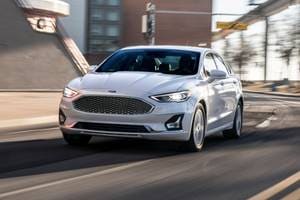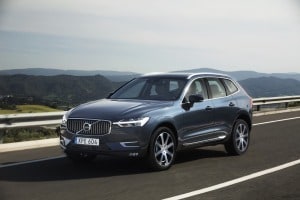Know Before You Buy
Market Segment
Wagons come in three sizes: compact, midsize and large. Unfortunately, there are now so few of them that we've been forced to group them into regular and luxury categories.
Price
The handful of wagon models ranges from the upper teens to more than $100,000 for a particular performance-oriented Mercedes E-Class. The luxury midsize segment has the most wagons from which to choose and ranges in price from the upper $30,000 range up to around $55,000.
Performance & MPG
This group includes four-, five-, six- and eight-cylinder engines, and turbocharged versions are common. Wagons are usually in the 20-plus mpg range, but high-powered wagons often dip below that.
Safety
Family shoppers should find features like antilock brakes, front-seat side airbags, full-length side curtain airbags and stability control as standard on every model. Rearview cameras are also increasingly standard, while high-tech electronics that warn inattentive drivers of blind-spot intrusion and impending collisions have migrated from strictly the luxury realm down to mainstream brands. Shoppers should also be aware of crash test scores produced by NHTSA and the IIHS.
Features
Luxuries like rearview cameras, automatic climate control, heated seats, smartphone interfaces, navigation systems, keyless start systems and Bluetooth capability can often be found in non-luxury wagons. Look for them as you shop. Keep an eye open for differences in the number and type of seat adjustments and unique storage solutions.
Interior
Most wagons can seat four adults in comfort; five are possible if children are involved. How much room these passengers have depends on the type of wagon. Traditional wagons are the same size as their sedan counterparts, while newer crossover-like wagons have a greater amount of room. Only Mercedes still offers an old-school rear-facing third-row seat, but with the advent of crossover wagons, front-facing third-row seats that fold into the floor are now available.
Cargo Space
Wagons offer a flat load floor with a reasonable liftover height, but overall capacity is not as much as you'd expect unless the vehicle is packed all the way to the ceiling. Convenient access (not sheer cargo volume) is the key attribute here. To increase cargo capacity and usability, look for such features as roof racks, under-floor storage, grocery nets, cargo tie-downs and cargo mats.
All-Wheel Drive
Though many wagons come standard with all-wheel drive, consumers should only pay extra if they regularly drive in situations where traction is an issue, whether this means snow or light-duty off-road conditions. While modern all-wheel-drive systems are relatively lightweight and fuel-efficient, fuel economy might be a fraction less than with a conventional front- or rear-wheel-drive setup. All-wheel drive can also enhance control during high-speed maneuvers, adding a dimension of high-performance capability.
SUVs and Minivans
Carlike wagons are known to be cheaper to operate than larger crossover SUVs, and prove more agile and maneuverable in everyday driving. A minivan hauls more people and an SUV totes more cargo, but a wagon is easier and more natural to drive.
Cost to Own
Wagons that cost less than $30,000 are a good bet for budget-minded consumers, since they combine good utility with sensible operating costs, not to mention optimal fuel economy.





